Marco Benucci
Untangling molecular food webs of non-native invertebrates and their communities
Benucci, Marco
Authors
Contributors
Lori Lawson Handley
Supervisor
B. (Bernd) Hänfling
Supervisor
Abstract
Invasive non-native species (INNS) are one of the main drivers of biodiversity loss globally, however to what extent INNS predators modify and utilise the invaded communities is still debated. This is particularly the case for arthropod INNS whose trophic interaction and predatory impact can be challenging to detect and describe. The application of DNA-based analysis, such as DNA metabarcoding, to the study of trophic interactions is often referred to as “MATI” (Molecular Analysis of Trophic Interactions). This approach has great potential in terms of increased sensitivity, higher resolution of prey identification and application to large-scale field studies, compared to previously established methods. This thesis focuses on describing trophic interactions in three non- native arthropod predators using this approach, with a key focus on intraguild predation (IGP), which has been shown to speed up invasion and facilitate establishment of invaders. In the first data chapter I focussed on the invasive amphipod, Dikerogammarus villosus, commonly known as “killer shrimp” to prove the concept that detection of prey DNA is possible in a controlled feeding experiment, and at a small field scale. From this proof of concept, I increased the scale of the field study by separately investigating the trophic interactions of three INNS: 1) D. villosus (Amphipoda: Gammaridae), 2) Harmonia axyridis (Coleoptera: Coccinellidae), and 3) the newly detected non-native Crangonyx floridanus (Amphipoda: Crangonyctidae). Data was collected for all species from UK sites across two seasons. The overarching goals were to investigate the broad trophic interactions of the target INNS across space and time, with a focus on detecting and understanding the importance of IGP in each target INNS. I predicted that high levels of IGP could be detected in all three target INNS. Firstly, I demonstrated that the method could detect prey species in both controlled and in field conditions, but detection success varied between prey taxa. I detected only low levels of IGP in D. villosus compared to a native amphipod, G. zaddachi, and found no evidence of IGP in H. axyridis, despite these species’ reputations as important IG predators. I relate this to the availability of IG prey in the wider community. By contrast I detected high levels of reciprocal IGP between the newly detected C. floridanus and the established, non-native C. pseudogracilis. Interestingly, IGP was asymmetric, in favour of the new invader, which could facilitate its establishment by eliminating competition. Together, these results demonstrate the applicability and also the challenges of DNA metabarcoding to molecular trophic interactions of INNS to understand the extent of their interactions in the invaded communities. I provide novel insight into the predatory dynamics of the three target species and their impact on the invaded communities.
Citation
Benucci, M. Untangling molecular food webs of non-native invertebrates and their communities. (Thesis). University of Hull. https://hull-repository.worktribe.com/output/4222622
| Thesis Type | Thesis |
|---|---|
| Deposit Date | Aug 28, 2020 |
| Publicly Available Date | Feb 23, 2023 |
| Keywords | Biological sciences |
| Public URL | https://hull-repository.worktribe.com/output/4222622 |
| Additional Information | Department of Biological & Marine Science, The University of Hull |
| Award Date | Jan 1, 2020 |
Files
Thesis
(7.7 Mb)
PDF
Copyright Statement
© 2020 Benucci, Marco. All rights reserved. No part of this publication may be reproduced without the written permission of the copyright holder.
You might also like
Optimising species detection probability and sampling effort in lake fish eDNA surveys
(2024)
Journal Article
Downloadable Citations
About Repository@Hull
Administrator e-mail: repository@hull.ac.uk
This application uses the following open-source libraries:
SheetJS Community Edition
Apache License Version 2.0 (http://www.apache.org/licenses/)
PDF.js
Apache License Version 2.0 (http://www.apache.org/licenses/)
Font Awesome
SIL OFL 1.1 (http://scripts.sil.org/OFL)
MIT License (http://opensource.org/licenses/mit-license.html)
CC BY 3.0 ( http://creativecommons.org/licenses/by/3.0/)
Powered by Worktribe © 2025
Advanced Search
